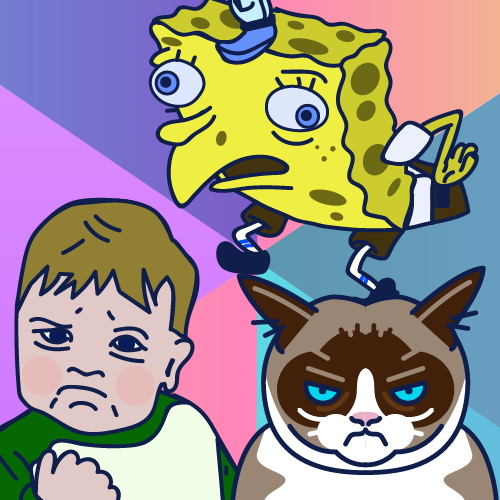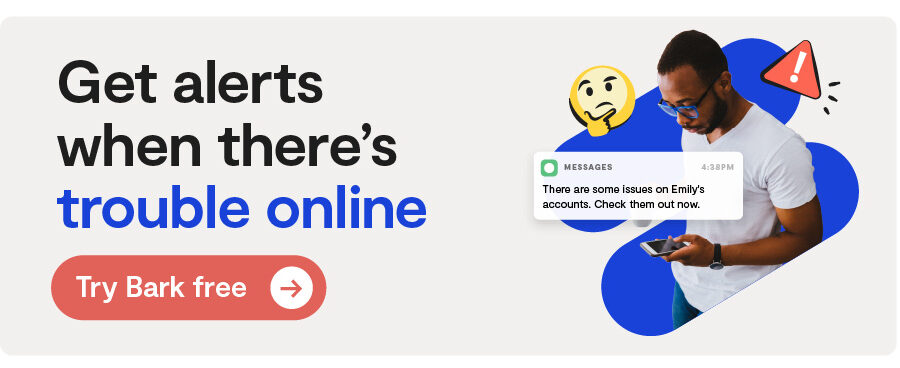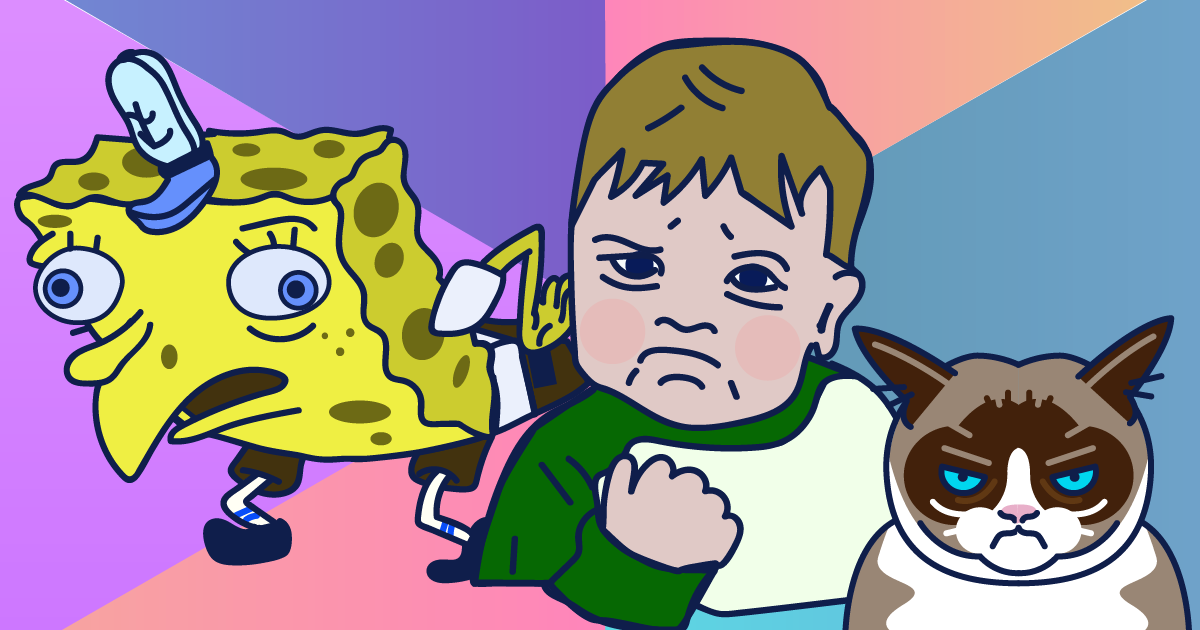
Here are memes explained. To define social media memes (pronounced “meems”) simply, they’re internet jokes. A play on the word “gene” (seriously!) memes can be seen as little individual units of online humor. They’re how cultural trends are expressed and shared online. The biology metaphor goes even further — when these trends reach critical mass, we say that they are “viral.” And also like genes, memes can mutate and change over time, allowing for evolution and adaptation to their changing cultural environment.
Memes are inside jokes. Memes are endlessly creative. And memes depend on people (and their ingenuity) to spread. So here is a quick article featuring memes explained for parents.
Memes Explained: What ARE Social Media Memes?
A meme can take nearly any form — images, videos, gifs, and even plain text. They can also come in the form of challenges. Remember the Ice Bucket Challenge? How about the Harlem Shake? Planking? These invited people to take part in a viral trend and share the results on social media.
These days, though, picture-format memes with text tend to be the most popular, and these are the ones we’re going to focus on for this post. But remember: Memes are more than just the sum of their parts — they’re vehicles for ideas.
Note: Most memes have pictures and words, but not all images with pictures and words are memes. Scenic photos with inspirational messages, for example, are not memes.
The keys to identifying a meme are:
- Is it funny?
- Is it relatable?
- Can you customize it?
- Does it apply to more than one situation?
A perfect example of a meme that checks all these boxes is “Distracted Boyfriend."
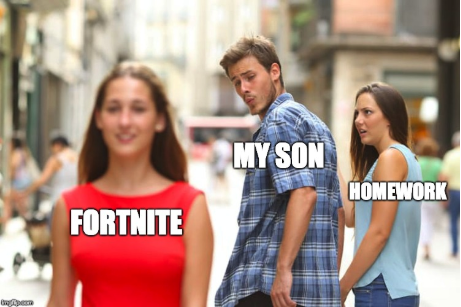
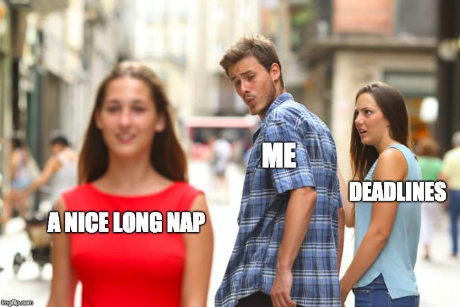
This meme is a way of sharing a joke about a universal experience: There’s something you’re supposed to be doing, but something more enticing comes along and distracts you. Everyone has experienced this sort of situation. And because of the setup, it’s humorous instead of lecturing. Finally, you can customize this love triangle in potentially infinite ways to apply to nearly any audience.
Memes Explained: Where Do Memes Come From?
The beauty of the internet is that memes can come from nearly anything. Many times memes come about purely by accident, as with some famous screenshot memes. These are screenshots that, when taken out of context, leave the “artist” with a customizable canvas for online expression. Other memes come from photographs, TV characters, or even drawings. The only common link between all of them is that they must all be vessels for ideas.
Because memes have been so popular for so long, there now exists a sort of meme “canon,” which people can turn to and apply to nearly any situation. Classic memes include:
Memes Explained for Parents: Why Are Memes Funny?
As inside jokes, memes give you the chance to communicate multiple things at once. For example, a kid could text a classmate, “I’m having a hard time with this geometry, I hate it.” Instead, she finds a screenshot that matches her mood and expresses the same sentiment in a humorous way — perhaps one that calls back to a popular children’s show from their youth.

By sharing this specific meme, a kid knows that her friend will:
- Understand the difficulty with math
- Commiserate with the feeling — everyone knows how tricky math can sometimes be
- Catch the reference to the TV show that both of them loved
- Understand the absurdity of expressing homework woes with an angry tank engine
Memes Explained: What Do Kids Get From Memes?
Like adults, kids revel in the joy and connection of sharing jokes. There are always new memes and new formats, and sharing/contributing them rewards speed, wit, and creativity. They also receive a sense of belonging. Although many make memes for widespread public consumption, they can also be intensely personal and private. Memes are scalable and can be made to apply to units as granular as a friend group or as large as society as a whole.
Unlike their parents, though, kids today are being raised in a largely digital environment. And because kids like to be funny, memes have become a sort of social currency. In the past, being a class clown meant you were the funniest kid in the room. Today, spreading memes on social media can make you the funniest kid in the school district — and beyond. Some meme accounts on Instagram have upwards of a million followers.
Memes Explained for Parents: When Memes Go Dark
In a previous blog post, we discussed why memes are vehicles for dark subjects that kids struggle with — like suicide and depression. While memes like “Kermit Suicide” don’t necessarily reflect a mental health concern, they are symptoms of a struggling generation that shouldn’t be swept under the rug. In other cases, memes like The Momo Challenge have also carried unhealthy implications for kids.

Some memes can also just be mean, however, and they are wielded like weapons. Like any joke, they can be used to disparage, tease, mock, and generally just demean another person. It’s not surprising then that social media memes are even used as a way to cyberbully.
Read more
Bark helps families manage and protect their children’s digital lives.


